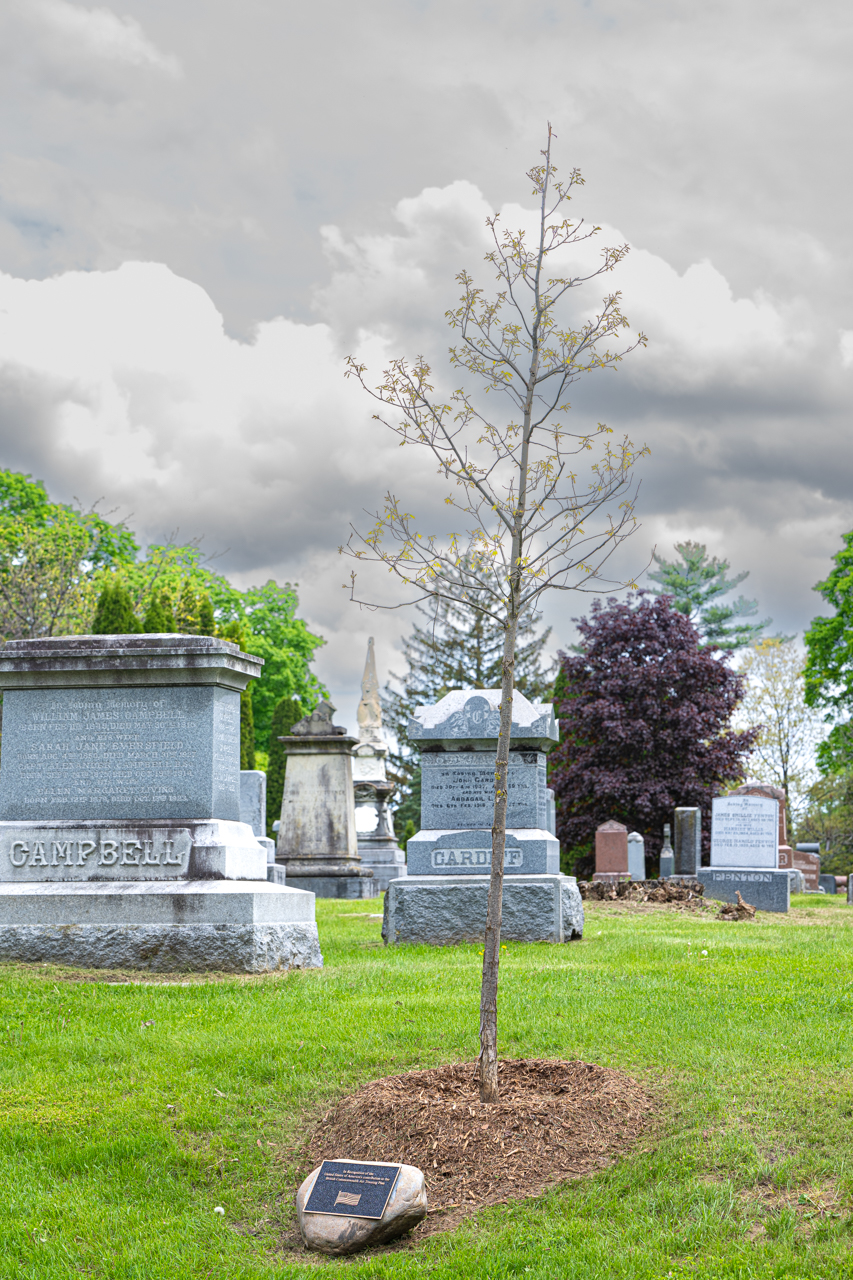
In the Gardens - Elegance of the Chinkapin Oak (Quercus muehlenbergii)
The Chinkapin Oak, scientifically known as Quercus muehlenbergii, is a remarkable tree species celebrated for its adaptability, ecological benefits, and historical significance. Found primarily in the central and eastern United States, this oak is a standout addition to forests, parks, and large gardens.
Characteristics and Appearance
The Chinkapin Oak can grow up to 40-60 feet tall, with a canopy spread of 50-60 feet. Its leaves are distinctive, with a lanceolate shape and coarse, serrated edges, turning from a shiny dark green in the summer to a warm yellow-brown in the fall. The bark is light gray and flaky, adding to the tree’s visual appeal. In spring, it produces small, inconspicuous flowers, followed by sweet, edible acorns in the fall, which are favored by wildlife.
Habitat and Growing Conditions
Quercus muehlenbergii thrives in a variety of soil types, including limestone-rich and well-drained soils. It is commonly found in rocky, upland areas and along limestone outcrops. This oak is drought-tolerant and can grow in full sun to partial shade, making it a resilient and versatile choice for various landscapes.
Historical and Cultural Significance
The Chinkapin Oak has played a significant role in the history and culture of its native regions. The tree’s name, "Chinkapin," is derived from the Algonquian word for chestnut, reflecting the similarity of its acorns to those of the chestnut tree.
Ecological Importance
Ecologically, the Chinkapin Oak is an essential species in its native habitats. Its acorns provide a crucial food source for various wildlife, including deer, turkeys, and squirrels. The tree also supports a wide range of insects, which in turn attract birds and other predators. Its deep root system helps prevent soil erosion, contributing to the stability of its environment.
Landscaping and Uses
In landscaping, the Chinkapin Oak is appreciated for its shade and ornamental value. Its striking fall foliage and robust structure make it a popular choice for parks, large gardens, and urban green spaces. The wood of the Chinkapin Oak is highly valued for its strength and resistance to decay, making it suitable for furniture, fencing, and even firewood.
Beechwood's Chinkapin Oak
For those visiting Beechwood Cemetery, the Chinkapin Oak can be found in Section 29 as part of the British Commonwealth Air Training Plan memorial. This location offers visitors the chance to admire the tree's beauty and reflect on its ecological and historical significance in a tranquil setting.
The Chinkapin Oak is more than just a tree; it is a symbol of resilience, an asset to the ecosystem, and a beautiful addition to any landscape. Its hardiness, ecological benefits, and aesthetic appeal make it a species worthy of recognition and cultivation.

